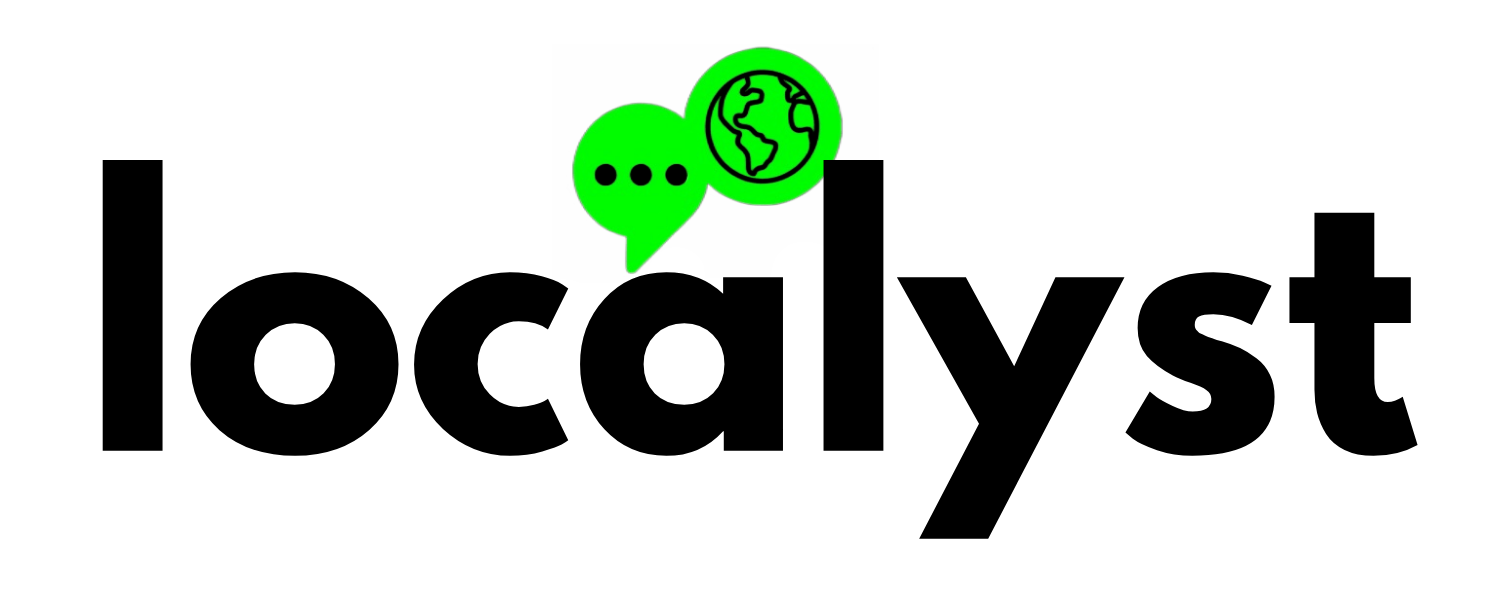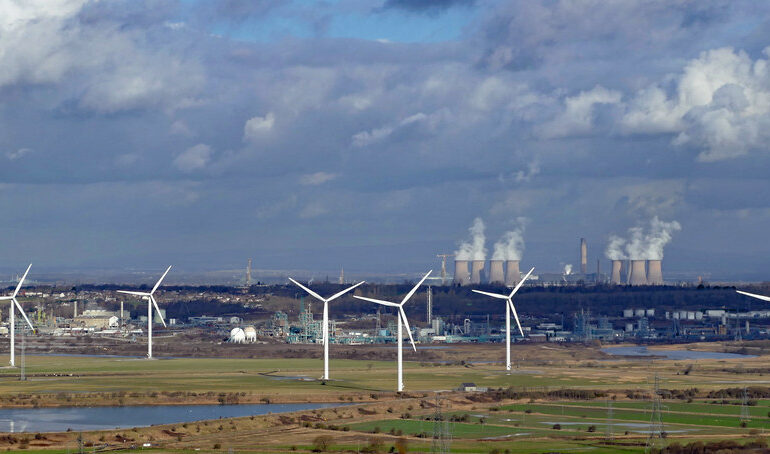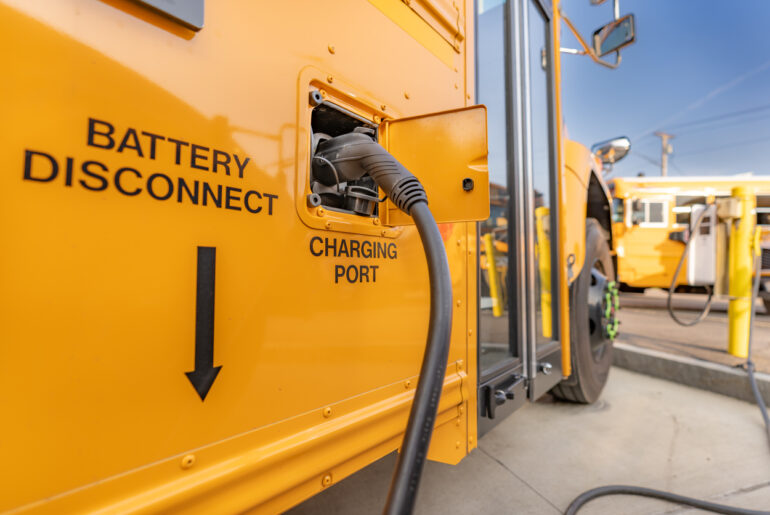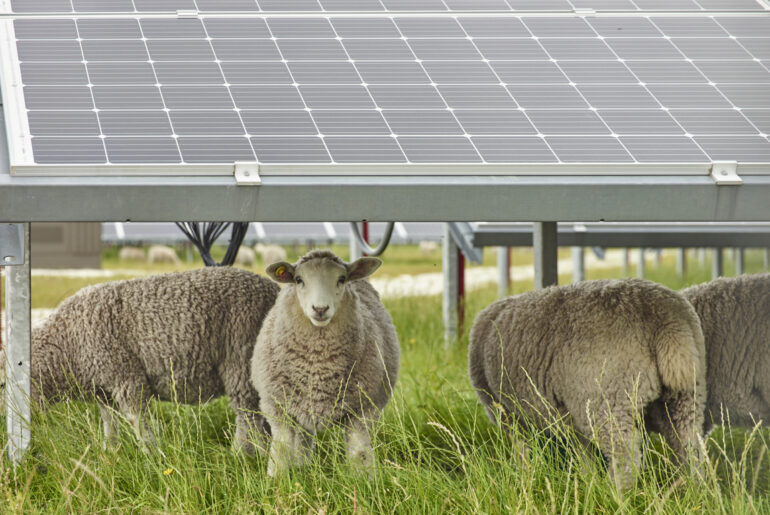Boulder, Colorado – Upon returning from the Peace Corps and his tenure as a diplomat in Africa, Byron Kominek found his family’s 24-acre farm near Boulder, Colorado, struggling financially. The family made a significant decision to maintain their lifestyle: they installed 3,200 solar panels, elevated eight feet above the ground, across their rolling farmland near the Rocky Mountains, transforming what was once an alfalfa field.
“Our farm has mainly been hay producing for fifty years,” Kominek said to NPR. “This is a big change on one of our three pastures.”
The journey to establish this community solar garden, generating 1.2 megawatts of power for the local grid, was challenging, even in an area like Boulder County that favors renewable energy. When Kominek initially proposed the solar panels, local regulators hesitated, citing the land’s designation as historic farmland.
“They said, land’s for farming, so go farm it,” Kominek said to NPR. “I said, well, we weren’t making any money, you all want to be 100% renewable at some point so how about we work together and sort this out.”
Due to research efforts from Colorado State University and the National Renewable Energy Lab, who had been exploring how to use the space under solar panels for agriculture, Boulder County updated its land use code and Kominek was able to build his new solar farm. But Kominek wondered, why should it be a choice between farming and solar energy? What if the two could coexist and even support each other?
He found that by spacing the solar panels far away enough there was still plenty of room to farm plants underneath and run his tractor through. Komniek also quickly realized that the shadows cast by the large solar panels above were beneficial for the growth of the plants below. The periodic shading resulted in significantly reduced water evaporation from essential irrigation. Additionally, this evaporation process aided in cooling the sun-exposed solar panels, thereby enhancing their efficiency.
Kominek was able to plant rows of veggies such as peppers, tomatoes, squash, pumpkins, lettuces, beets, turnips, carrots, kale and chard. He rebranded the family farm as Jack’s Solar Garden (named after his grandfather).
Experts suggest that to encourage the widespread adoption of solar gardens like Byron Kominek’s, family farmers should be offered financial incentives to integrate solar into their operations. For Kominek, this meant taking a significant financial risk, investing approximately $2 million into the solar array setup on his farm.




